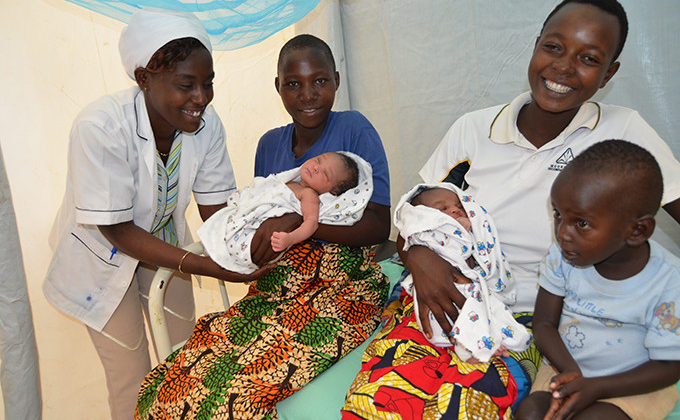
Patient Barriers to Cervical Cancer Prevention in Kenya
Starting at age 21, you get regular pap smears. You get in your car, drive on a paved road to an Ob/Gyn or primary care clinic, and have the pap done, with relatively little effort on your part. That’s how cervical cancer screening works for most women in the United States and most other developed countries. In these countries, pap smears have significantly reduced rates of cervical cancer and resulting deaths. It’s a different story in developing countries like Kenya. In East Africa, cervical cancer is the most common cancer in women, even surpassing breast cancer. In Kenya, only 3.5%[1] of eligible women ever get screened for cervical cancer, and it’s difficult for those that screen positive for precancer or cancer to access treatment. Some barriers relate to infrastructure, as cervical cancer prevention and treatment requires resources including skilled providers, supplies, and transportation of specimens. To try to overcome some of these systems issues, Dr. Megan Huchko (director of the Center for...







